Germany builds faster, smarter, and more sustainably. Why? Because it dared to embrace a revolution: combining digitalization, industrialization, and low-carbon materials to redefine building standards. While our neighbors move forward, France hesitates. Yet the challenges are the same: labor shortages, massive housing needs, and a climate emergency. So, why not take the leap?
By Charles Parissier, Country Manager France of Bluebeam
Germany’s Industrial Advantage: A Strategic Response to a Sector in Crisis
In Germany, prefabrication already accounts for 23% of new housing, compared to less than 10% in France. This is no coincidence. Traditional methods can no longer meet the triple challenge of housing demand, workforce shortages, and climate imperatives.
Germany has opted for a comprehensive strategy. Faced with labor shortages, it shifted a significant portion of construction operations to factories, where automation and robotics help offset the scarcity of skilled workers. To speed up delivery, Germany embraced modular prefabrication, enabling simultaneous factory production and on-site preparation, reducing timelines by 30 to 50%. Industrial production also drastically cuts waste and facilitates the integration of low-carbon materials, at a time when reducing the carbon footprint is critical.
Contrary to common belief, industrialization does not mean sacrificing architectural quality. Projects like P18 in Stuttgart prove it: a modular wooden building assembled in record time, compliant with environmental standards and offering impeccable design quality. This type of achievement shows that prefabrication has entered a new era where speed and sustainability go hand in hand with premium standards.
This transformation is built first and foremost on a strong digital backbone. BIM optimizes every step, anticipates errors, and reduces costly rework, while computer-aided manufacturing turns digital models into precise machine instructions. In factories, robots and CNC tools ensure consistent quality and millimetric precision, in contrast to the unpredictability of traditional construction sites.
France at a Crossroads: Will It Embrace the Shift or Fall Behind?
While Germany moves forward, France remains tied to an artisanal model. Yet our ambitions are high: 250,000 energy renovations per year, carbon neutrality by 2050, and growing pressure on housing. Without industrialization, these goals are unattainable.
What’s happening today is not a passing trend but a structural shift. France must decide: endure shortages and delays, or draw inspiration from a model proving that industry and construction can work hand in hand. Industrialization is no longer an option, it’s the condition for the sector’s successful transition.
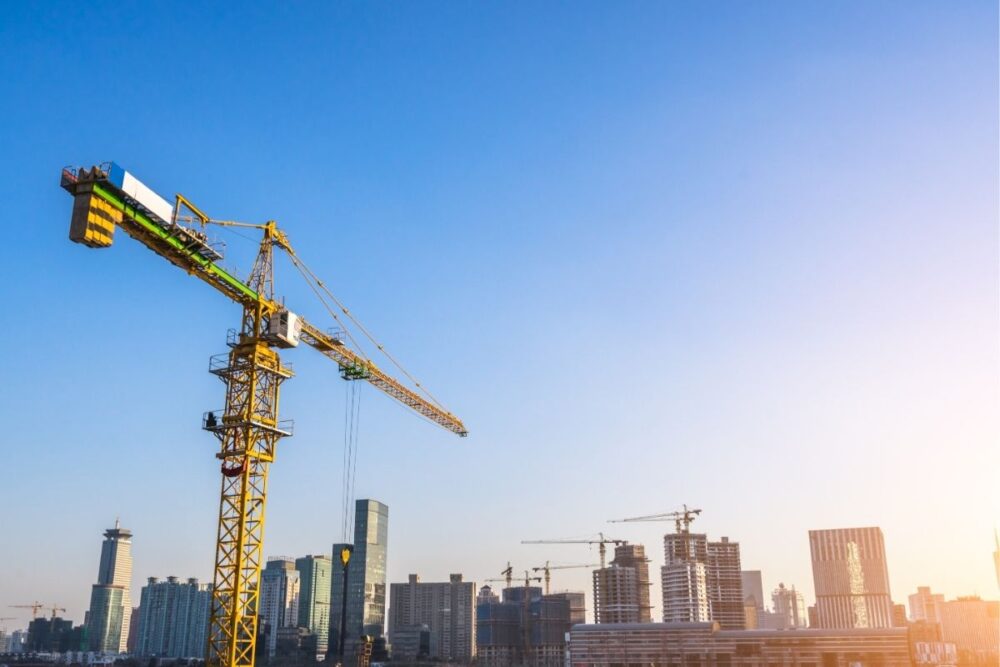



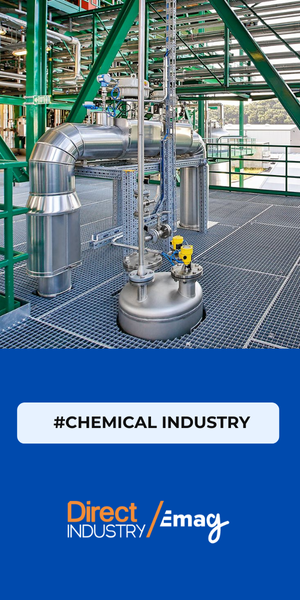
![Image [BUYING GUIDE] How to Choose the Right Industrial Robot?](/wp-content/uploads/sites/3/Industrial-Robot-320x213.jpg)
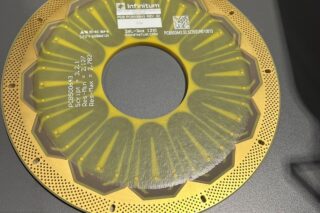
![Image [Buying Guide] How to Choose the Right Safety Shoes?](/wp-content/uploads/sites/3/Safety-Shoes-320x213.jpg)
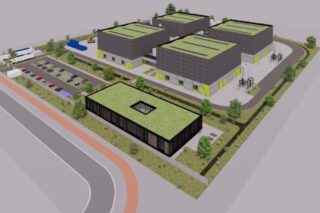
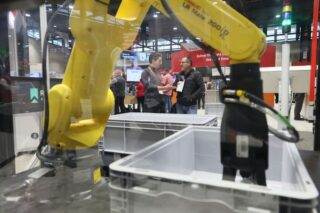
![Image [Buying Guide] How to Choose the Right AMR?](/wp-content/uploads/sites/3/AMR-320x213.jpg)